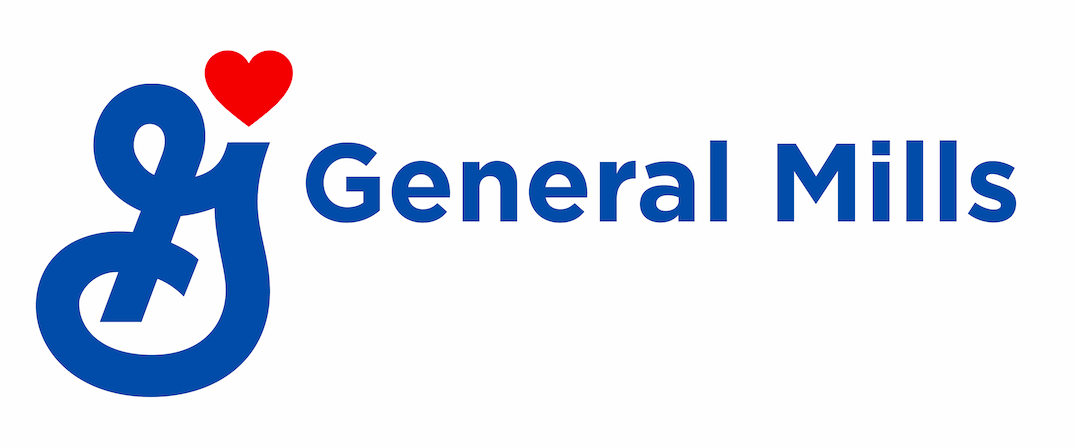How an Almond Orchard Solved Its Need for Bees
by Mollie Wulff
More than 80 percent of the almonds sold worldwide are grown in California. The state also is home to one of the best examples that we know for creating habitat for honey bees and other native pollinators needed for bountiful almond production.
Olam’s almond orchard, near Fresno, California, worked with the Xerces Society and General Mills to create nearly six miles of flowering hedgerows, as well as wildflowers and plants. Installed in 2014, it continues to provide a nutritious food supply for the pollinators who take up residence in and around the orchard.
We’re involved because Olam is one of our almond suppliers for several of our products, including LÄRABAR and Nature Valley.
And we’re sharing Olam’s story because today marks the start of National Pollinator Week in the U.S.
I recently toured the orchard and met with Olam and the Xerces Society to learn more about the project. This video from our visit showcases the effort and some of the people behind it.
Olam’s use of hedgerows and other pollinator-friendly habitat is paying off.
“It does attract a lot of the pollinators. It does work,” says John Cavitt, ranch manager for Olam. “Certain times of the year, you walk along the hedgerows and you can just hear the buzzing of the insects. They just love it. I’m not saying it’s going to replace the bees we use in our operation, but any help that they can bring to the table is a good thing.”
“I think that this farm really serves as a great model for what can be done,” adds Jessa Kay Cruz, senior pollinator conservation specialist for the Xerces Society. “They’ve been able to adopt all of these great practices that really improve the biodiversity of the farm and make it better for pollinators. What’s great about this farm and this model is that anybody can do this. Any farm, anywhere, can adopt these practices.”
Eric Lee-Mäder, who co-directs the Xerces Society’s pollinator conservation program, says the organization’s work with Olam is the future of its work and partnership with General Mills.
“This hedgerow represents pollinator habitat at a working farm scale,” Lee-Mäder says. “This project will support and maintain in some level of pollinator abundance and pollinator diversity throughout the growing season. And those pollinators will trickle out into the almond orchard. So this model of providing this large-scale functional habitat with supplier farms is the wave of the future. This is the direction we’re going.”
In addition to hearing from Lee-Mäder in our video, we’re featuring my entire interview with him in the latest episode of the “A Taste of General Mills” podcast.
It’s a great way for you to learn more about the mission of the Xerces Society, the organization’s relationship with General Mills and how you can do your part to help protect pollinators.
General Mills and our brands have many efforts underway worldwide to increase biodiversity and improve pollinator health.
“Pollinators enable so many of the ingredients that go in to making food people love, so supporting bees and pollinators just makes sense,” said Jerry Lynch, chief sustainability officer at General Mills. “Partnering with organizations like the Xerces Society, USDA and the University of Minnesota’s Bee Lab allow us to do more work on behalf of pollinators across our value chain.”
It’s hard not to be intrigued by bees, especially since they are responsible for so many of our favorite foods – like fruits, nuts, honey and even vegetables. Bees and other native pollinators are instrumental in agriculture – 35 percent of crop production worldwide depends on pollinators.
Keeping bees healthy is a priority for General Mills which is why we fund pollinator research to better understand why bees are in decline, invest to conserve and expand bee habitats, and work with our suppliers to improve the health and effectiveness of bees.
Bees contribute ingredients to many of General Mills’ products including Annie’s Bunny Grahams, Cascadian Farm frozen fruits, Honey Nut Cheerios cereal, LÄRABAR Nut & Seed Crunchy Bars, and Muir Glen tomatoes, to name a few.
To learn more about how General Mills is involved in protecting pollinators, see our 2017 Global Responsibility Report.



